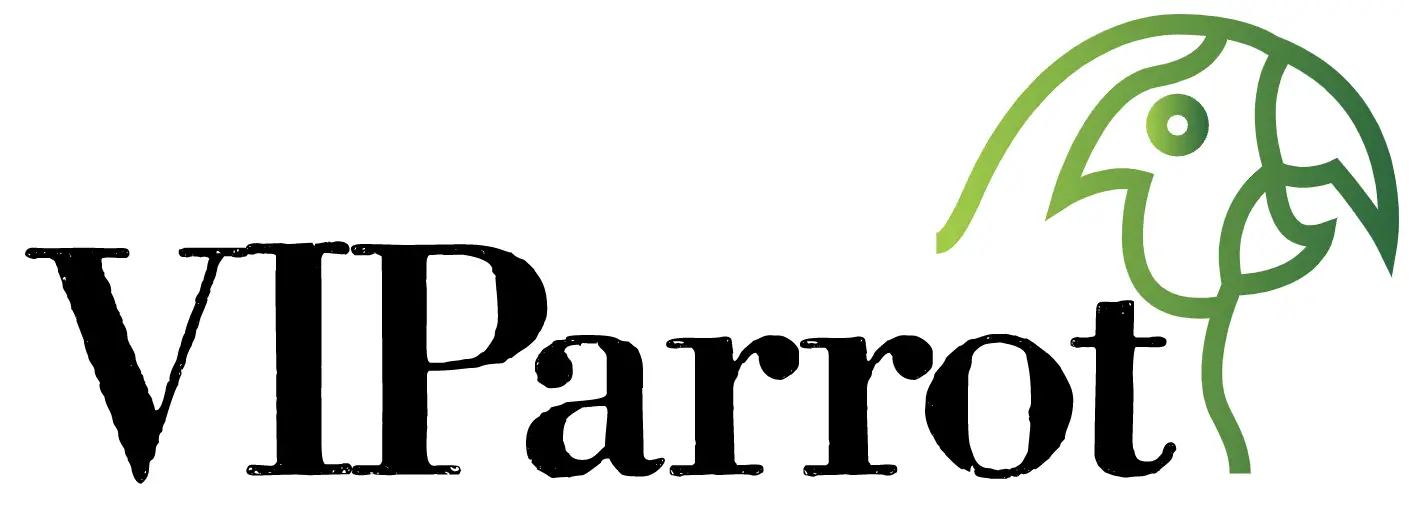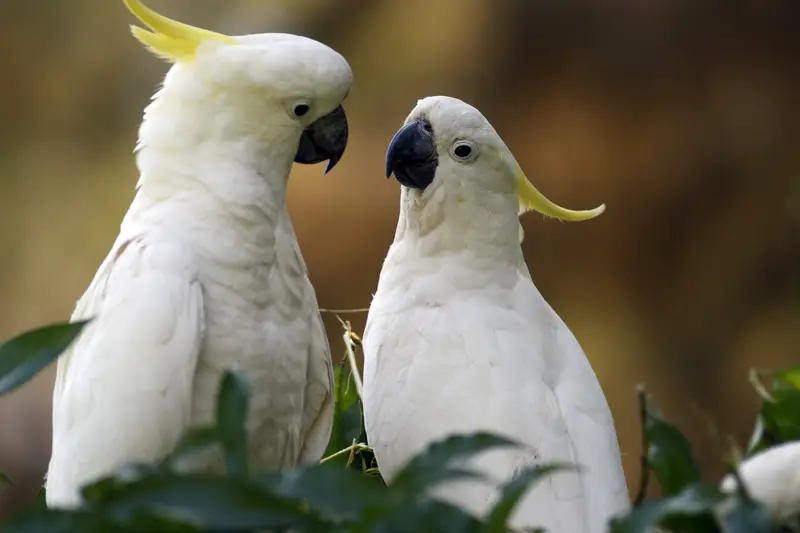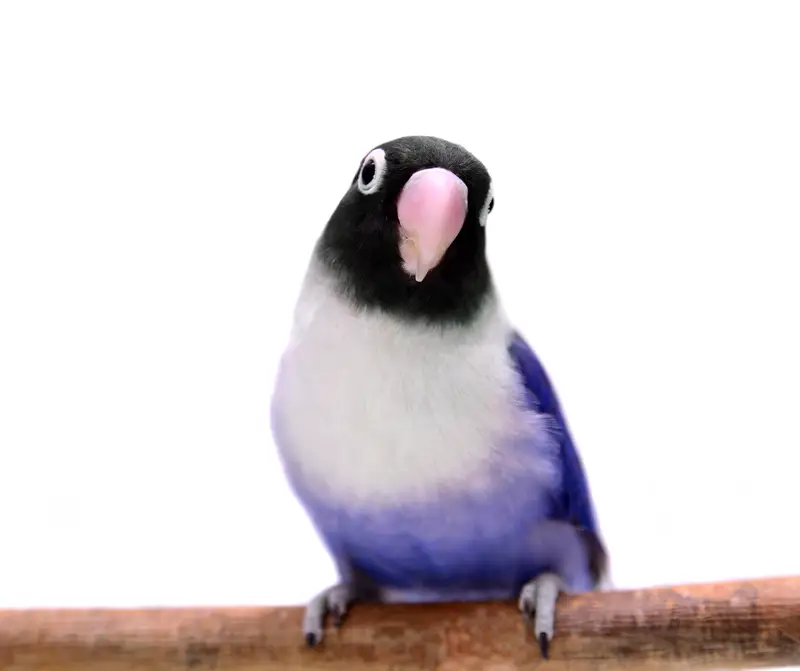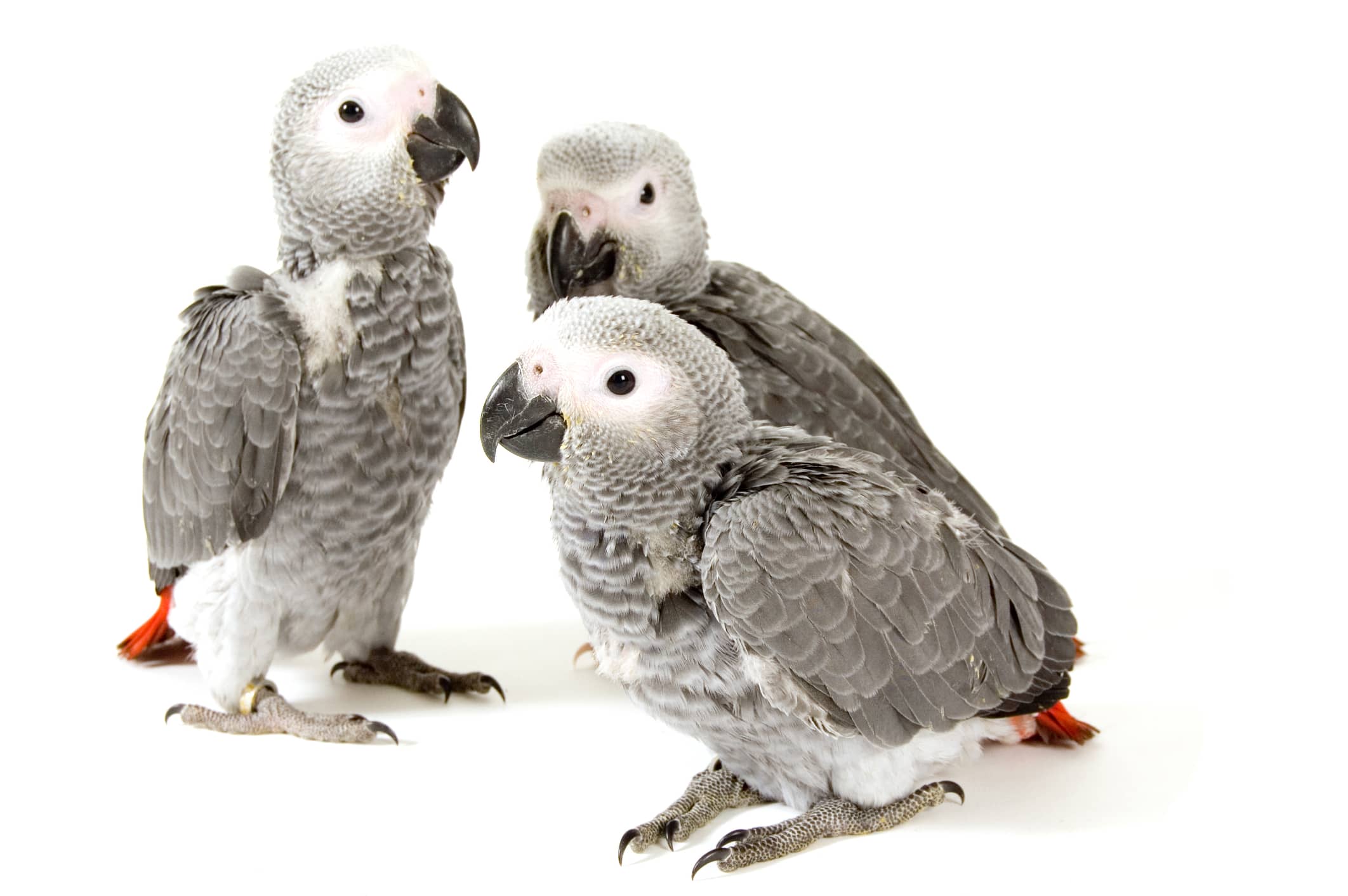Blue Fronted Amazon 101: Everything You Need to Know
- VIParrot
- February 7, 2023
- 3:41 am

Species Overview
Also Known As: Turquoise-fronted amazon, blue-fronted parrot
Scientific Name: Amazona aestiva
Adult Size: 1 foot
Life Expectancy: ~60 years
Is The Blue Fronted Amazon a good pet?
- They can be very social and friendly
- Beautiful plumage
- Very Intelligent, which means they can learn to do tricks and talk
- They love to let everyone know they’re around, especially early morning and mid evening!
- They need a lot of exercise which means they need to be supervised out of their cage
- They can be aggressive to anyone but their chosen mum or dad due to their protective nature
General Information
One of the most popular types of Amazon in the U.S. is the Blue-Fronted Amazon. There are many types of Amazon parrots. Yellow-Headed, Orange-winged, and the Lilacine Amazons, and these are but a few of the many many different species of Amazon. All Amazons are predominately green, with different accent colors depending on the species. The Blue-Fronted is distinct with it’s characteristic blue feathering near the beak of the bird.
One very neat thing about this particular bird is the uniqueness of the feathers covering the bird’s head. The bird’s body is primarily green. The head has a bit of green as well, but the colors that stand out are the yellow and blue. Here is where the bird is unique. The portion of the birds head that is covered in either blue or yellow feathering is totally different in each individual bird. One bird could have a large portion of its face covered in yellow feathers with only a small splash of blue feathering.
Another bird of the same species could have very little yellow feathering and a large area of blue feathers near the beak. Blue feathers can even extend down the neck of the bird toward its chest. The feet and beak are a gray-black color and the eyes are an orange-yellow.
This bird inhabits part of Brazil, Bolivia, Paraguay and Argentina. Although their habitat is being destroyed by deforestation at an alarming rate, these birds are actually not endangered. They feed on crops if they happen to come upon one on their quest for sustenance and have actually become a bit of a nuisance to farmers. Some farmers, such as those in Argentina, actually kill the Blue-Fronted Amazon in an attempt to lesson the damage they do to their crops.
What food do they eat?
Because of a problem with obesity, these birds are especially in need of a strictly monitored diet. Limit the amount of seeds in the diet, as these tend to be very high in fat. Seeds can be given as a treat on occasion. A nice nutritious pellet is recommended, supplemented daily by lots of fresh fruits and vegetables (never feed foods that are toxic to birds, such as avocado). Sprouts are a great snack. Fresh water should be provided daily as well.
Price
Amazons can be purchased at verified organizations or adoption websites like Petfinder. Pricing is around $4,000, so not exactly the cheapest Parrot however they can make great companions if you’re willing to put in the work.
If you want to choose a breeder, make sure that the breeder is reputable by asking them how long they’ve been breeding and working with Amazons. Ask for a tour, but don’t be alarmed if you are unable to tour the facilities in which they keep the birds. Many reputable breeders opt to work under closed aviaries, which prevents diseases from infecting the flock.
How big is the Blue Fronted Amazon?
They grow to a bit over a foot in length and weigh about one pound, so making sure you choose the correct cage for this gorgeous creature to live in is very important to its mental well-being. We would suggest a cage no smaller than 32 x 23. Of course larger is always better as with most birds. The Blue fronted amazon needs plenty of exercise to combat obesity so a large cage with lots of toys and stuff to climb on is preferred.
Temperament
The Blue-Fronted Amazon is an amazingly wonderful pet, but you really have to make sure you are the right person to own one. It must be kept in mind that they can be extremely noisy. Most often they will sow their wild oats in the early morning as they wake up and greet the day, and just before bed as they ready themselves for a long night of slumber. They also tend to become attached to one person. It is possible to train your bird so they interact with other members of the household without becoming aggressive, but the bird will most definitely still be a one-person bird, staying very attached to their “mom” or “dad”. Males, especially, can become extremely possessive of their chosen human and be quite aggressive to other people. One example of their boundless love is my grandmother and her bird “Gus”. He chose her as his “master” and loved her so much that in the event that she became ill, he also stopped eating and took ill as well. Although they are birds, they too have a love that is very deep and real.
Train-ability: These birds are exceptionally intelligent and quite easily trained. They are ranked as very high on the list of “talkers” (A few spaces down from the African Grey) and are capable of learning many words. There are some that don’t say any words, some that say hundreds of words, and some that only mimic noises or music. It really depends on the individual bird as to what type of vocal capabilities they will have.
Lifespan
They’re believed to have an average lifespan of about 60 years. So if you choose this wonderful bird, they can potentially be your close companion for a very long time!
Common Diseases
– Obesity
– Toxicity by ingestion of metals
– Bacterial and fungal infections
– Psittacosis
– Feather-picking




